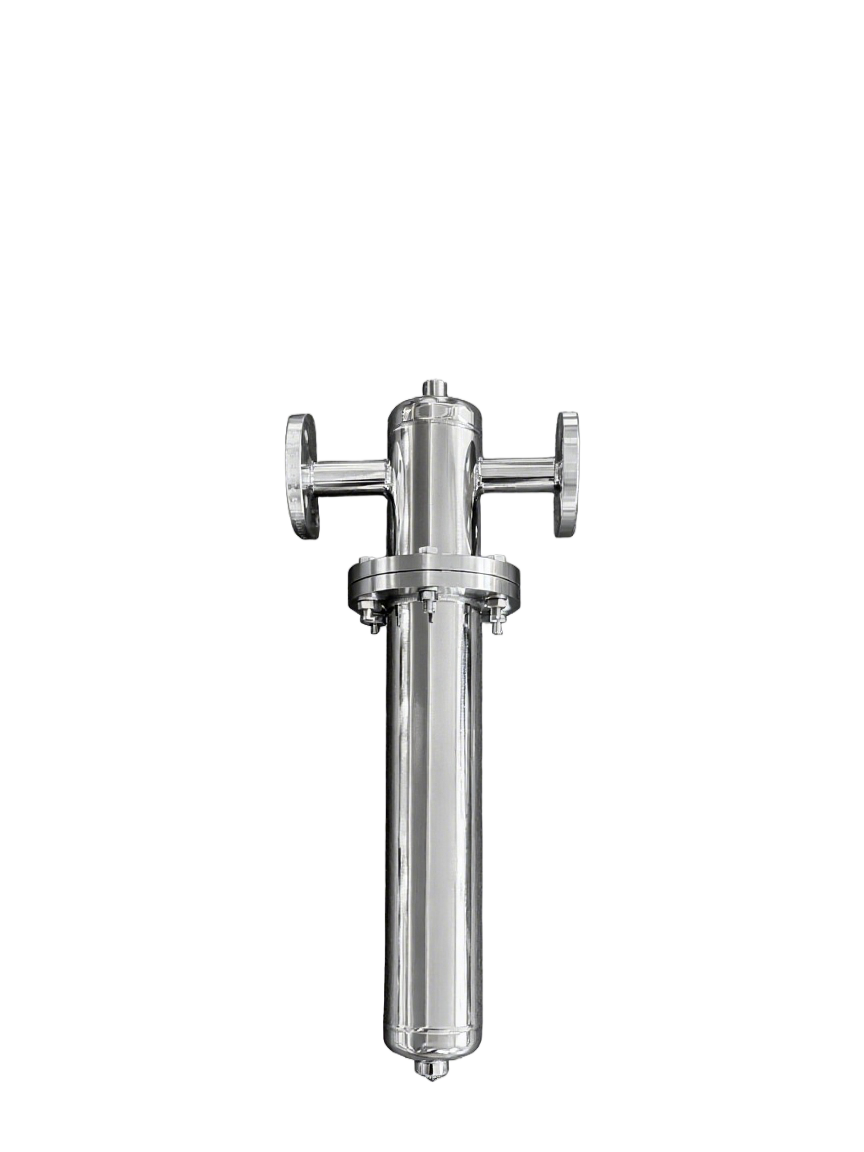The Engineering Marvel Behind High-Speed Elevator Door Systems: Ensuring Efficiency and Safety in Modern Skyscrapers
In modern architectural design, the increasing number of high-rise buildings in urban centers has driven the demand for faster and more efficient vertical transportation. Elevators play an essential role in meeting this demand, but one critical element often overlooked in this context is the high-speed elevator door system. While the speed and efficiency of the elevator car itself are important, the performance of the door system is equally significant, as it directly affects overall elevator efficiency, safety, and passenger comfort.
What are High-Speed Elevator Door Systems?

High-speed elevators are defined by their ability to transport passengers at speeds exceeding 3-4 meters per second, with some systems reaching speeds up to 20 meters per second in the tallest skyscrapers. In such systems, the doors must be engineered to operate at a much faster rate than those in conventional elevators. The primary function of an elevator door system is to open and close the elevator doors in a controlled manner, ensuring that passengers can enter and exit safely and efficiently without unnecessary delays.In high-speed elevators, the door system must operate quickly enough to prevent bottlenecks in the boarding and disembarking process, especially during peak traffic periods. At the same time, it must prioritize safety and reliability to prevent accidents and malfunctions. The engineering behind the high-speed elevator door system is an intricate combination of mechanics, electronics, and materials science.
The Role of Synchronization in High-Speed Elevator Door Systems
Synchronization is a key challenge in the operation of high-speed elevator door systems. The doors must open and close in perfect harmony with the movement of the elevator car itself to minimize delays and prevent accidents. Even a small delay in the opening or closing of the doors can result in significant time losses, especially in high-traffic buildings where hundreds or even thousands of passengers may use the elevators every day.
Coordinating with Elevator Arrival
One of the primary functions of the door controller is to ensure that the doors begin to open as soon as the elevator reaches the designated floor. In a high-speed elevator, the cab moves at such a high velocity that the timing must be precise to avoid unnecessary waiting times. Most modern high-speed elevator door systems are equipped with pre-opening features. These systems start opening the doors just before the cab has completely stopped, allowing passengers to exit immediately after the elevator comes to a halt.This level of synchronization is achieved by using advanced control algorithms that calculate the elevator’s speed and position in real time, adjusting the door movements accordingly. In some cases, the doors may begin to open as the elevator decelerates in the last few meters of its journey, further reducing wait times for passengers.
Passenger Flow Optimization
Another crucial aspect of synchronization is managing the flow of passengers in and out of the elevator. During peak periods, such as office start and end times, the elevator doors must operate quickly to accommodate the high volume of passengers. At the same time, the high-speed elevator door system must ensure that the doors remain open long enough for all passengers to enter or exit safely, without causing overcrowding.Some high-speed elevator systems use adaptive door opening and closing strategies to optimize passenger flow. These strategies may involve sensors that detect the number of passengers waiting to enter or exit the elevator, adjusting the door speed or open time accordingly. This dynamic control helps to minimize delays and improve overall efficiency, especially in high-traffic buildings.
The high-speed elevator door system plays a critical role in the operation of modern elevators, particularly in the high-rise buildings that define today’s urban landscapes. These systems are responsible for ensuring that passengers can move efficiently and safely between floors, enhancing both the performance and the user experience of high-speed elevators.By focusing on the engineering of key components such as the door operator mechanism, door panels, and safety systems, high-speed elevator door systems strike a balance between speed, safety, and durability. Synchronization with the elevator’s central control system ensures that doors open and close at precisely the right moments, minimizing wait times and improving overall efficiency.Ultimately, the design and operation of high-speed elevator door systems are vital to maintaining the smooth flow of people in modern buildings. Their continued development and refinement will remain essential as cities grow taller and the demand for faster, more efficient vertical transportation increases.
https://www.xizi-ec.com/High-speed-Series
www.xizi-ec.com
Hangzhou Optimax Tech Co., Ltd.




